Best of Broadcast: Summer Edition
The sweet ennui of late summer is upon us, and Broadcast is taking a break to savor the last of summer the best way we know how: absorbed and undistracted—on a porch, beach towel, or subway car—with a bit of tasty reading in hand. In the spirit of this seasonal indulgence, our editors have cherry-picked some of their favorite Broadcast articles of the year thus far. These are evergreen features about culture, science, art, and sex—so that you might have some something to enjoy as autumn barrels toward us.
A Hero Who Could Be You
From David Everitt Howe, Senior Arts Editor
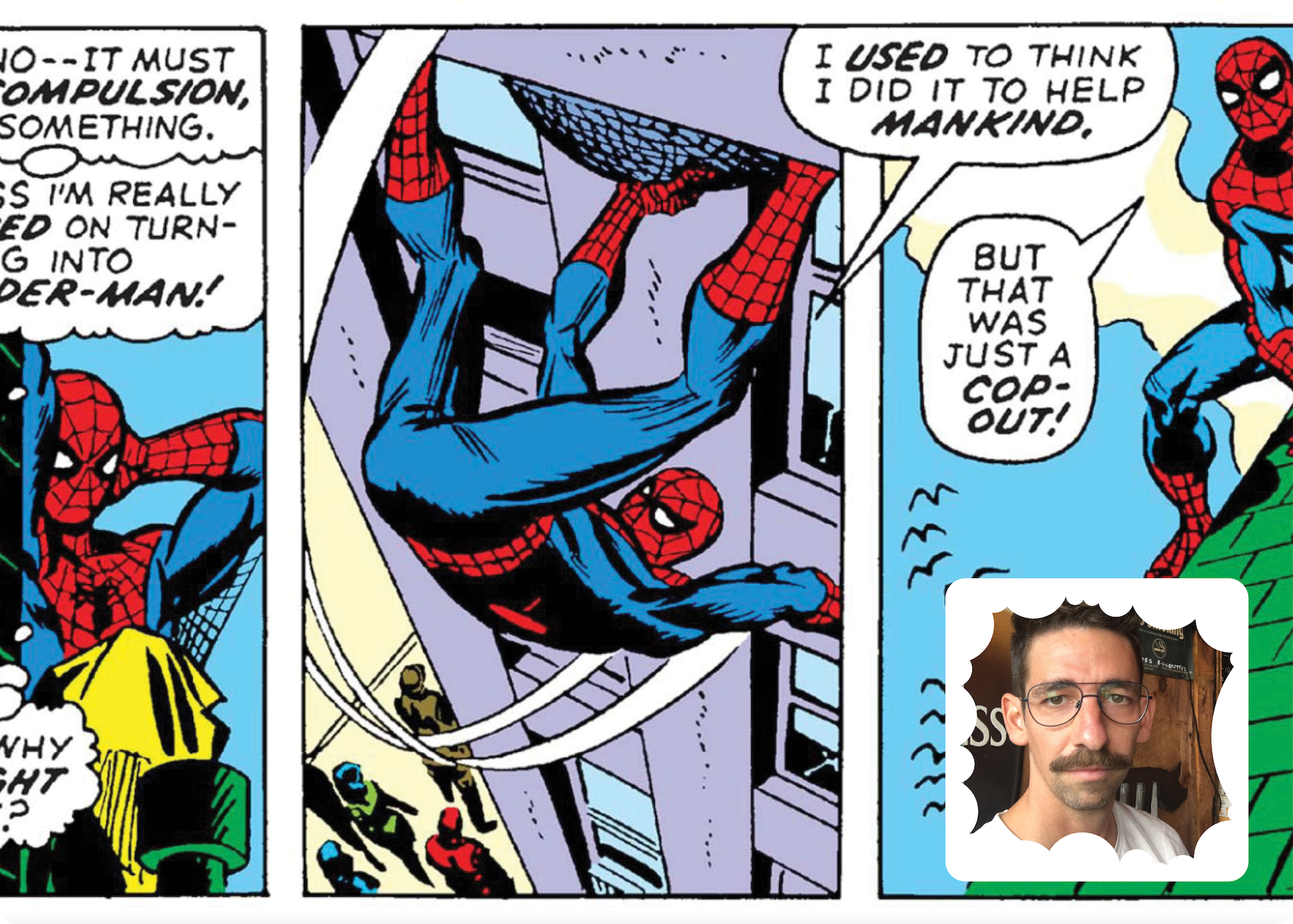
Who doesn’t love a man clad head to toe in skin-tight blue Lycra that leaves no pec, butt, or bulge to the imagination? I can’t think of anything better, and neither can artist, writer, and professional pervert Alexandro Segade. His essay “A Hero Who Could be You” recounts his many trysts over the years with men dressed as Spider-Man. But more than an inventory of sexual conquests, Segade’s essay thinks through our collective fascination with superheroes, and Spider-Man in particular. The character was unique in the Marvel canon for being the everyman’s hero, the hero “who could be you,” as the company introduced him in 1962. That decade would be marked by the Vietnam War, civil rights, social unrest, political corruption, and the sexual revolution. Spider-Man’s plotlines followed suit, singularly reflecting the countercultural ferment of the time. Decades later, the rollout of the Spider-Verse extended the character’s inclusionary ethos by virtue of a shared mask, which could, Segade writes, “confer main character status to anyone, regardless of race or gender.” During a season now associated with Pride, I can’t think of a better way to celebrate summer than to dress up—instead of dressing down—as the superhero who was perhaps the queerest, and hottest, of them all.
My Daughter Was Laying Eggs
From Minh Nguyen, Associate Arts Editor
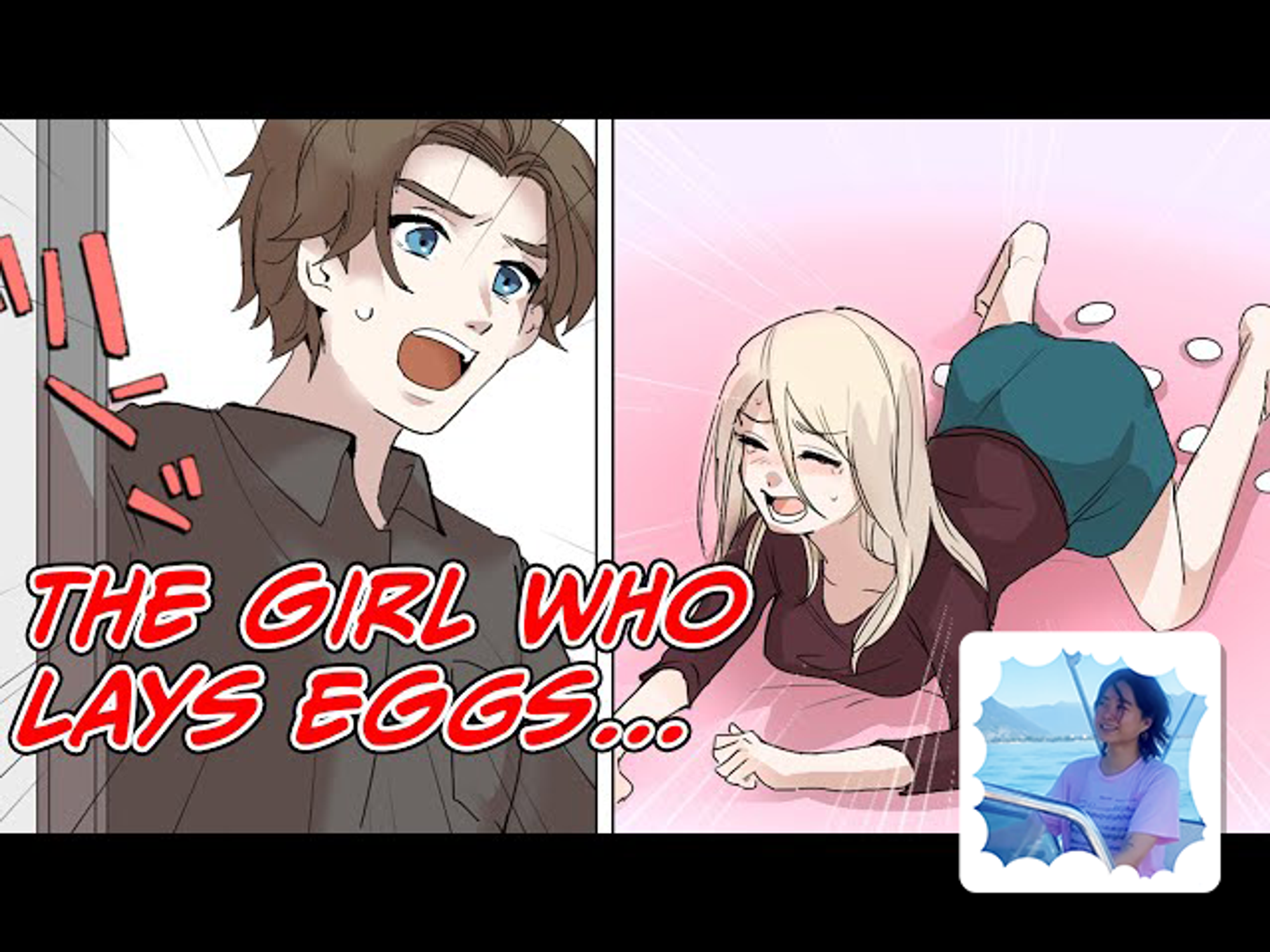
I have always been curious about what people watch on YouTube. It is a repertoire of the masses, a shadow arsenal, like porn in the sense that it’s media that many of us consume but few of us discuss. On YouTube there are endless paths to intrepidly plod, endless rabbit holes to plunge down. The premise for our series Embedded is simple: we ask a contributor to choose a video that floats around the internet, and write about why it’s stuck with them. In “My Daughter Was Laying Eggs,” the psychoanalyst Cassandra B. Seltman chooses the eponymous video, created by a mysterious channel called Mani Mani People which has received 1.4 billion views since 2019. In whimsical graphic style, the episodes depict extreme scenarios “typically banished from polite society”: fathers eating their daughter’s eggs, couples compulsively licking each others’ wounds, girls defecating through the mouth. “Here,” Seltman writes, “at the meeting point of the cute and the abject, the comedic and the repulsive, the unconscious gets its time in the sun.” May we take the seasonal occasion to let our unconscious out in the sun, guided by these cartoons that, per Seltman, “don’t portray genitals but feel, in ways, far more pornographic than live action sex ever could be.”
Picture This: Stephen Hawking's Blackboard
From Janna Levin, Editor-in-Chief

Stephen Hawking’s notoriously illegible book, A Brief History of Time, seared the minds of the masses despite laying pristine on millions of bookshelf displays, visibly unmarred and unread. It didn’t matter what was actually written there; it was enough to know that this genius meditated on the most elusive aspects of our reality: the origin of the cosmos and the intangible nature of time. The fundamental, inescapable physicality of it all. The compounded weight and austerity of the universe with Hawking’s triumph over physical adversity—physics itself had betrayed him—powered a rare storm of admiration so potent that the global sentiment became almost ecclesiastic. Hawking was a genius; that’s true. He was arrogant and playful with an inimical smile—not above directing his wheelchair over a foot or two to be naughty. He inspired deep friendships and deep rivalries. As his cherished communal blackboard attests, he and his magnificent ideas became the locus of bountiful intellectual activity. In this piece for Picture This, Hawking’s longtime collaborator and once student, Thomas Hertog, recounts his many years working with the extraordinary scientist and their lifelong efforts to reveal the universe’s origins. Best paired with a strong summer cocktail.
Watch Yourself Watching
From Orenna Brand, Associate Web Editor
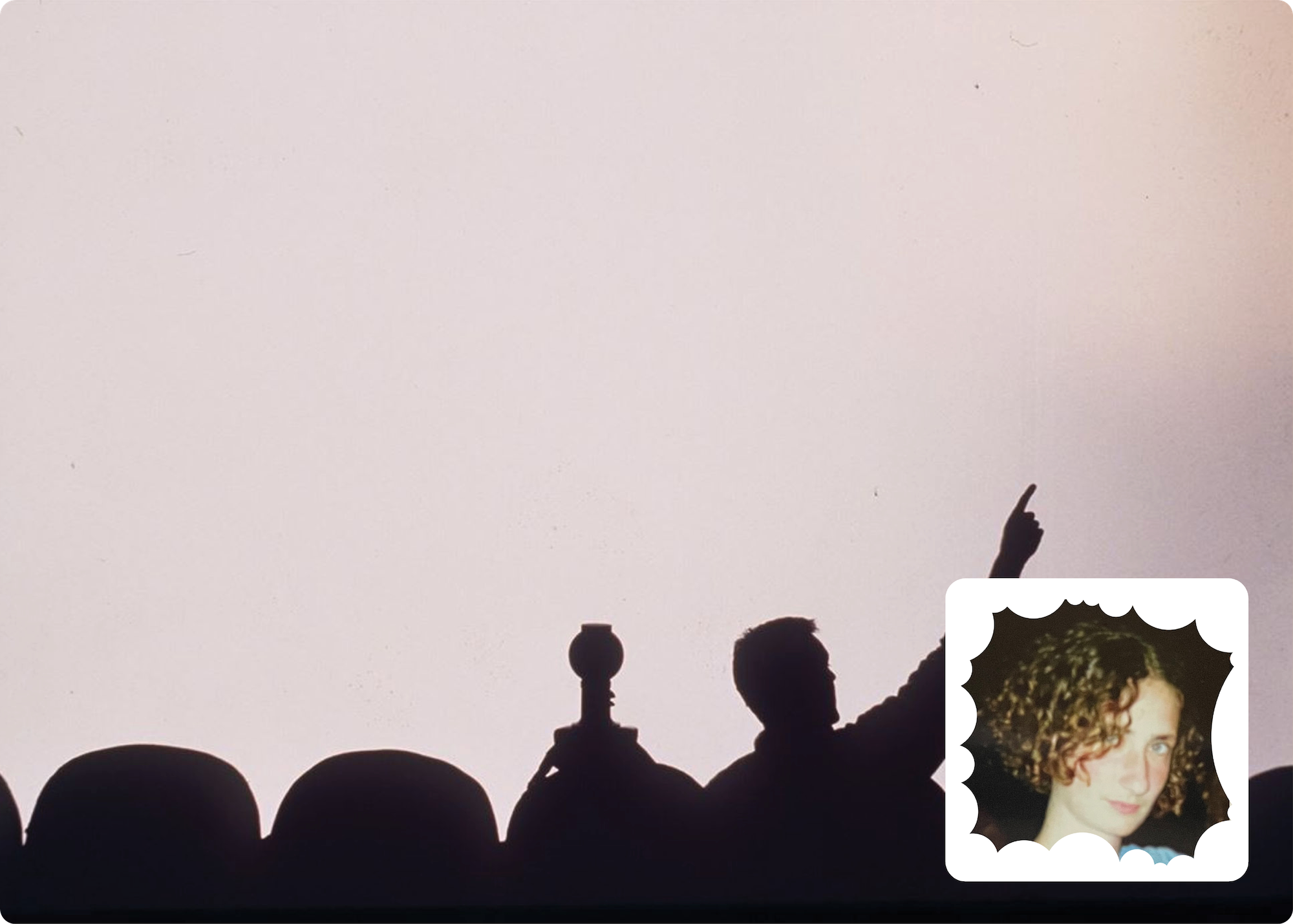
The ’90s cult cable TV show Mystery Science Theater 3000 was, by most accounts, not funny and not amazing. Fittingly, Domenick Ammirati’s love letter to the show is nerdy, embarrassing, and delightful. While not an “MSTie” myself, I have obsessions just like it—we all do: those books, movies, and trends we feel are underappreciated, and cry out for the kind of deeper contextualizing, and nuanced praise, that Ammirati lends his subject here.
The crux of MST3K was that you watched a human and his two robot pals watching a movie (usually a pretty bad one), replete with rapacious meta-commentary and interstitial skits, which take place on “a duct-tape-and-chewing-gum set that vaguely suggests the interior of a spaceship.” Part of Ammirati’s brilliance in this essay is to proffer his own mediocrity in parallel with the show’s—not to do away with it, but as a sort of revenge against the meta-critics and prestige-television heads of today. It’s as if to say: I know I’m a nerd and that’s ok; here, let me show you.
My Llama
From Micaela Durand, Contributing Editor
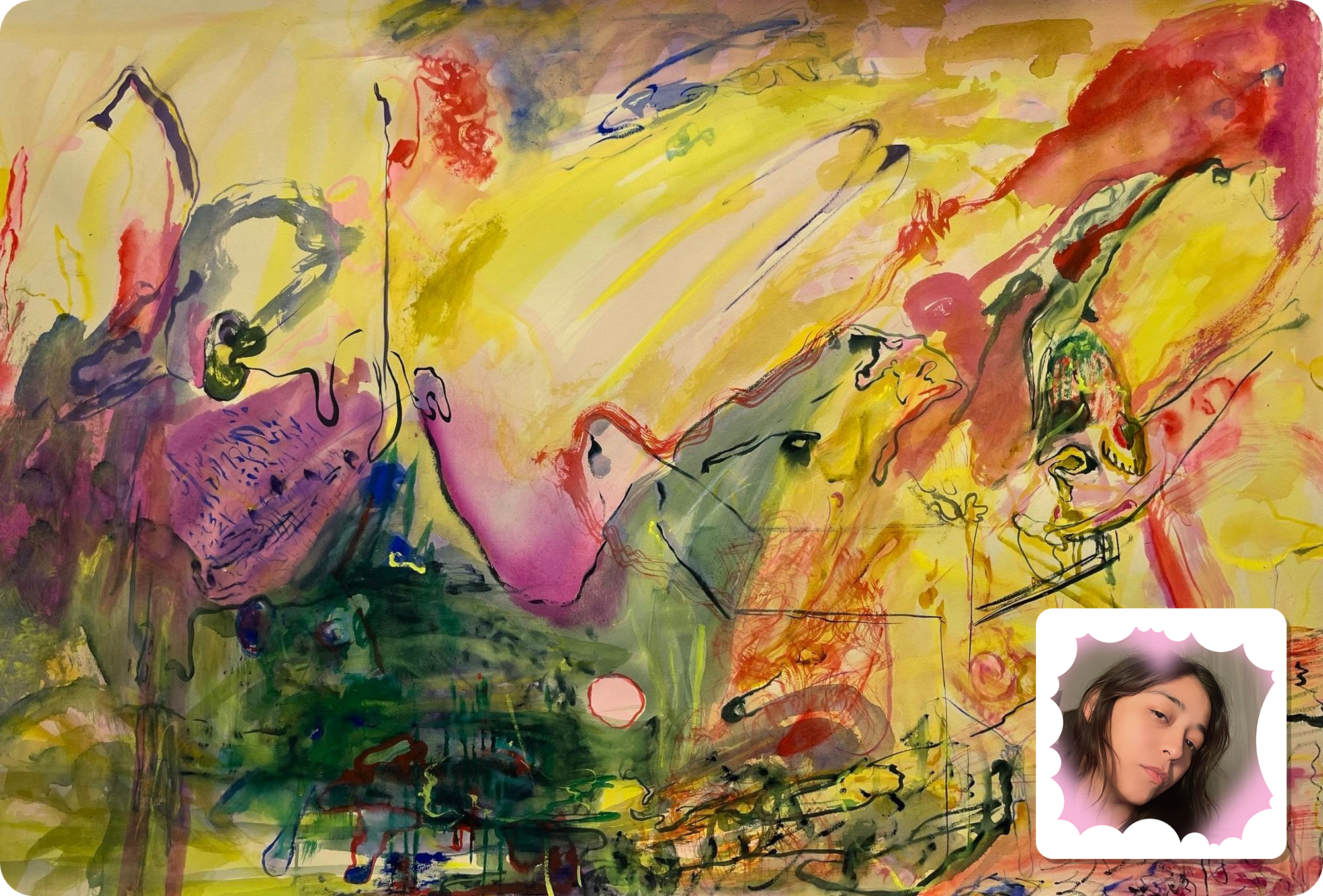
There are things I turn to for “pleasure” and things I turn to in the interest of complicating whatever that is. Heaven Tonight, the erotica series I curate and edit, aims to exist somewhere in between. The latest story, “My Llama” by Sarah Wang, takes us through the inferno of protagonist Yuxi, a thirtysomething woman with a searing UTI on an odyssey for antibiotics. If it sounds painful, it is. Abandoned by healthcare, Yuxi uses men to get what she needs—drugs. Sometimes hookups are a way to escape your situation, your class, in order to gain access to what should be yours, like a duplex with a view. With each sentence, Yuxi's pain escalates, and at every next guy's pill-less bathroom, her desperation grows. “This is all their fault,” Yuxi thinks on one of the many toilets she sits on. Anyone who’s ever been punished for promiscuity will relate. Wang's descriptions are savage: “Yuxi stops, squeezes her labia together through her dress like a hoagie.” It's rare when writing can capture the feeling of being on edge, just right. An erotica about class, healthcare, and the things women put up with. Will Yuxi find peace from her burning piss? Has any woman ever gotten what she wants by disassembling a man's vanity? If you’re looking for a last summer fling, this one will leave you gagged.
Lessons for Life
From Stella Belt, Assistant Editor
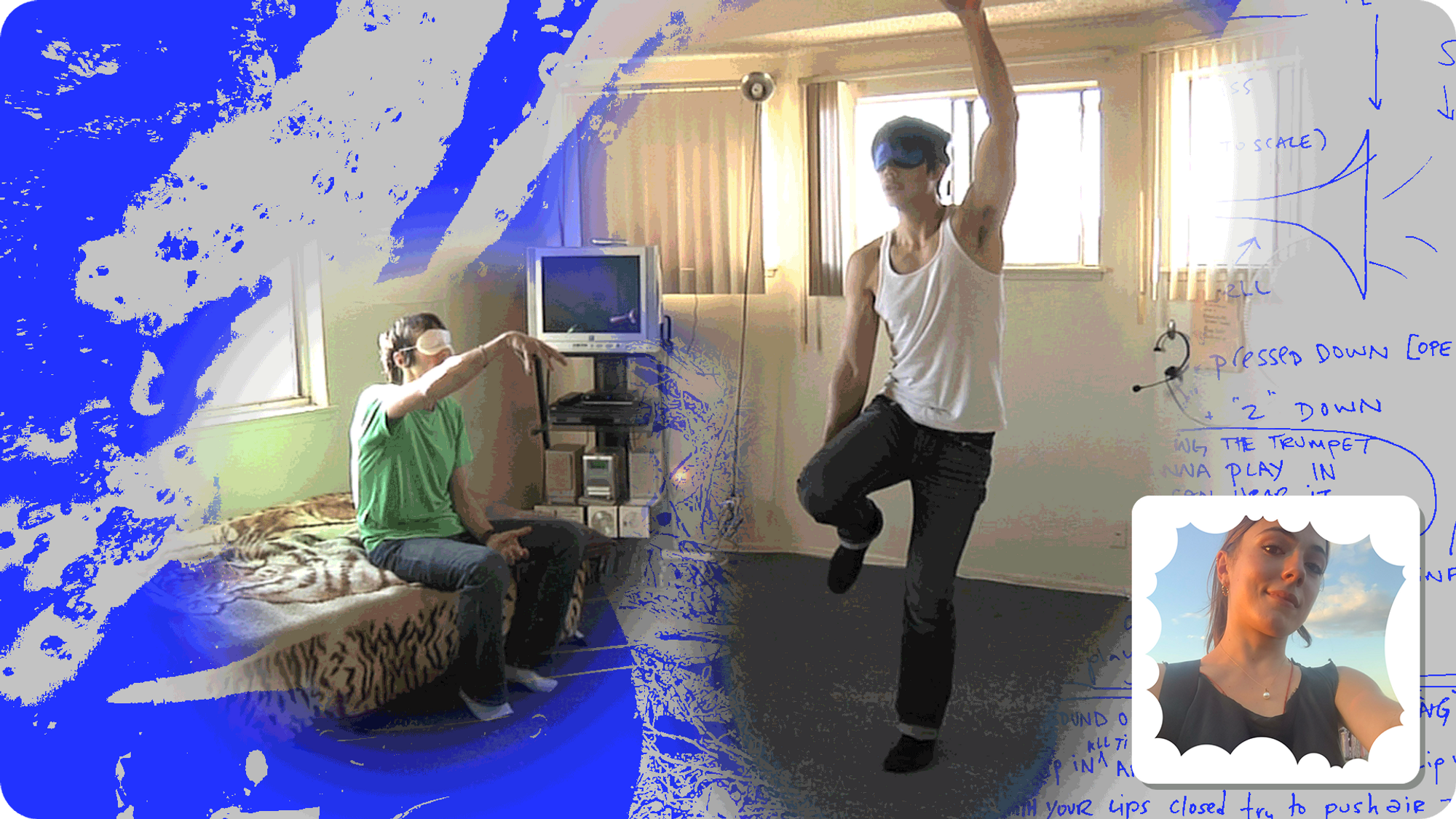
Last year around this time I wrote in a journal: “I can’t imagine I’ll ever feel lonely.” I recently reread my old entries in a bout of short-term (perhaps narcissistic) nostalgia, and in retrospect the line appeared increasingly mean-spirited. When “Lessons for Life” was published, I was four days out of a three-year relationship and only six months out of undergrad. In other words, I was in dire need of its lessons.
So, I began to make clarie rousay’s balanced to-do lists, and resolved not to take my own bad ideas to heart. Autumn Knight’s words on how to be happy seemed both a warning and a comfort: “Don’t let them see you sweat. / Do fling your sweat on their faces. / Don’t value happiness.” (As my mother says, “you don’t have to be enjoying yourself—things need only be interesting.”) In this sweaty, stagnant season, I hope these life lessons help you find (or remember) a path forward, as they’ve helped me: towards the light, and away from expectations.
5 Takeaways: James Webb Space Telescope
From Dustin Yellin, Pioneer Works Founder
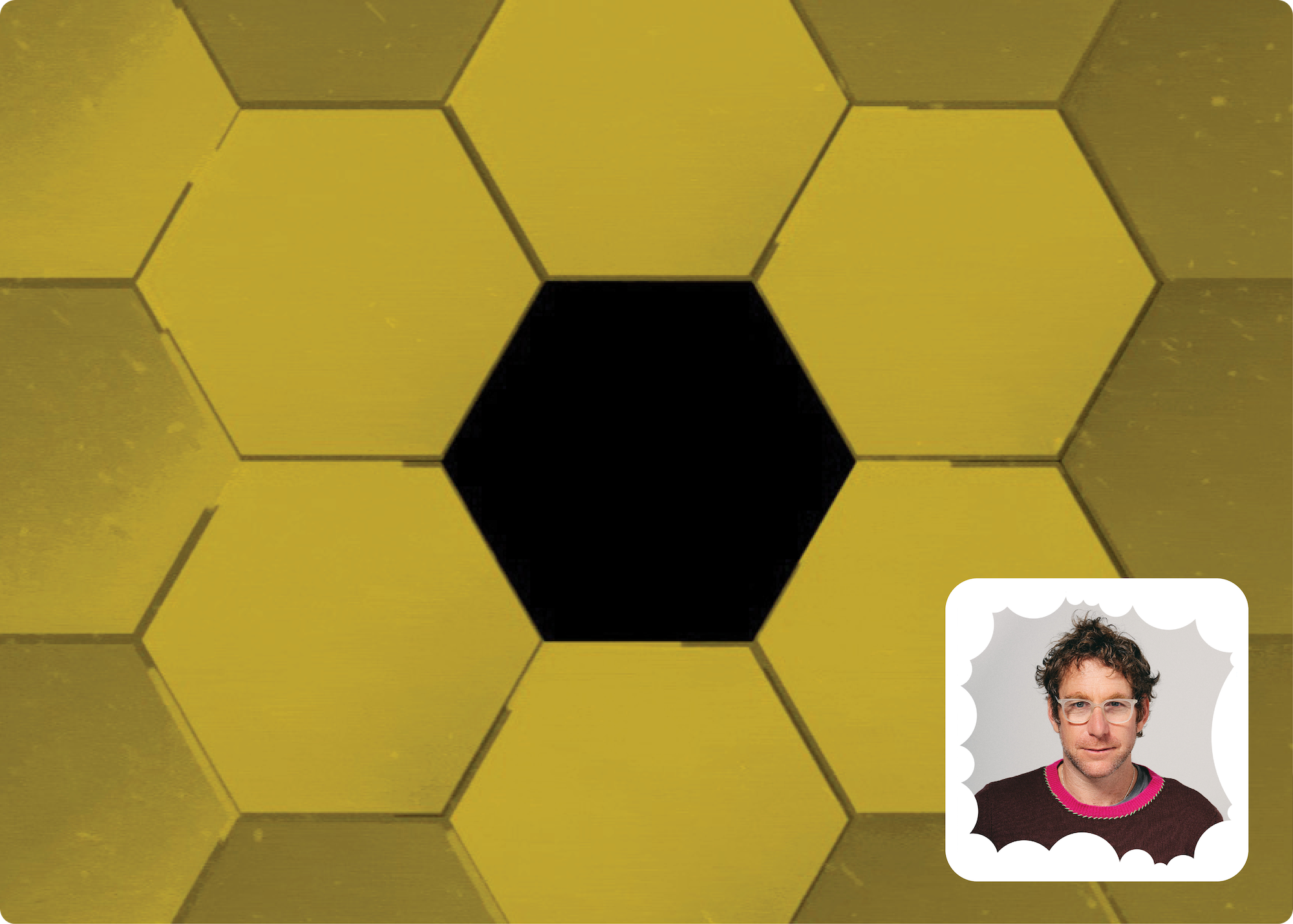
When I was ten years old, I climbed a large rock in the woods with an empty paper towel roll in hand to stare at the stars. As I laid there, looking up through my makeshift telescope, the stars appeared minuscule and distant, yet I was filled with a profound appreciation for the enormity of the cosmos and a curiosity for what lies beyond our little planet.
I experienced that same feeling of wonderment last July, when the James Webb Space Telescope revealed its first color images since launching on Christmas Day in 2021. Two weeks later, Pioneer Works was lucky enough to host astrophysicists Wendy Freedman and John Mather for a discussion on the telescope, moderated by our own Director of Sciences, Janna Levin. The JWST is a triumph of both science and origami and can now look at some of the earliest objects formed after the Big Bang—peering further into the past than ever before to investigate today’s biggest cosmological questions. Is it a telescope or is it a time machine?
A full year since these images were released, I’m reminded once again of the JWST’s monumental impact on astrophysics. As Pioneer Works is set to begin construction on our own unprecedented scientific exploration—New York City’s first free, public observatory—the James Webb Space Telescope suggests that our ability to look further into our past can make the most significant impact on our future.
Ben Lerner: The Rose
From Lindsey Pannor, Contributing Poetry Editor
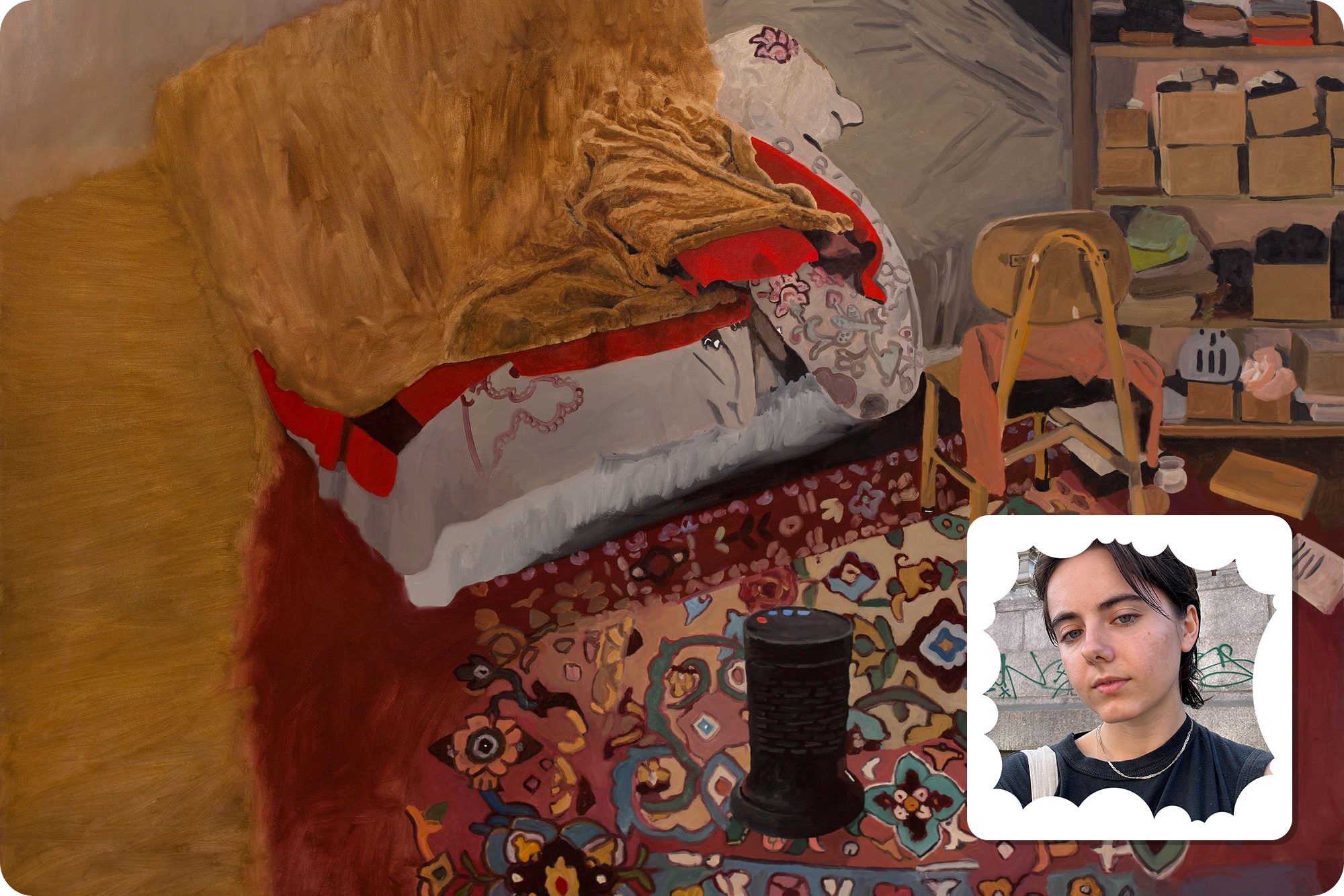
Ben Lerner’s ekphrastic poem, “The Rose,” is a beautiful force. Experience accumulates and eventually weighs as heavily on the psyche as the poem’s namesake artwork by Jay Defeo (which weighs just over two thousand pounds). Excerpted from The Lights—his forthcoming collection written over the course of fifteen years—this poem carries you through a lifetime of seemingly mundane moments where dreams and material reality begin to merge.
Accompanying the poem are three sprawling paintings by Margeaux Williamson, an artist and friend who also turns up in Lerner’s lines. Included too is a drawing by Margeaux’s son, likewise invoked in this poem that features a child’s nightmares of shattering aquarium tanks, the needs of wolves, and books eroded by sound. There's deep relief, to me, in the marked sense that uncanny thoughts need to be tended to just as urgently as more tangible thirsts; in the final stanza, Lerner's speaker requires both "clean water" and "a pact to hold the dome / up above the world so high" in order to live.
Walker in the City
From Joshua Jelly-Schapiro, Executive Editor
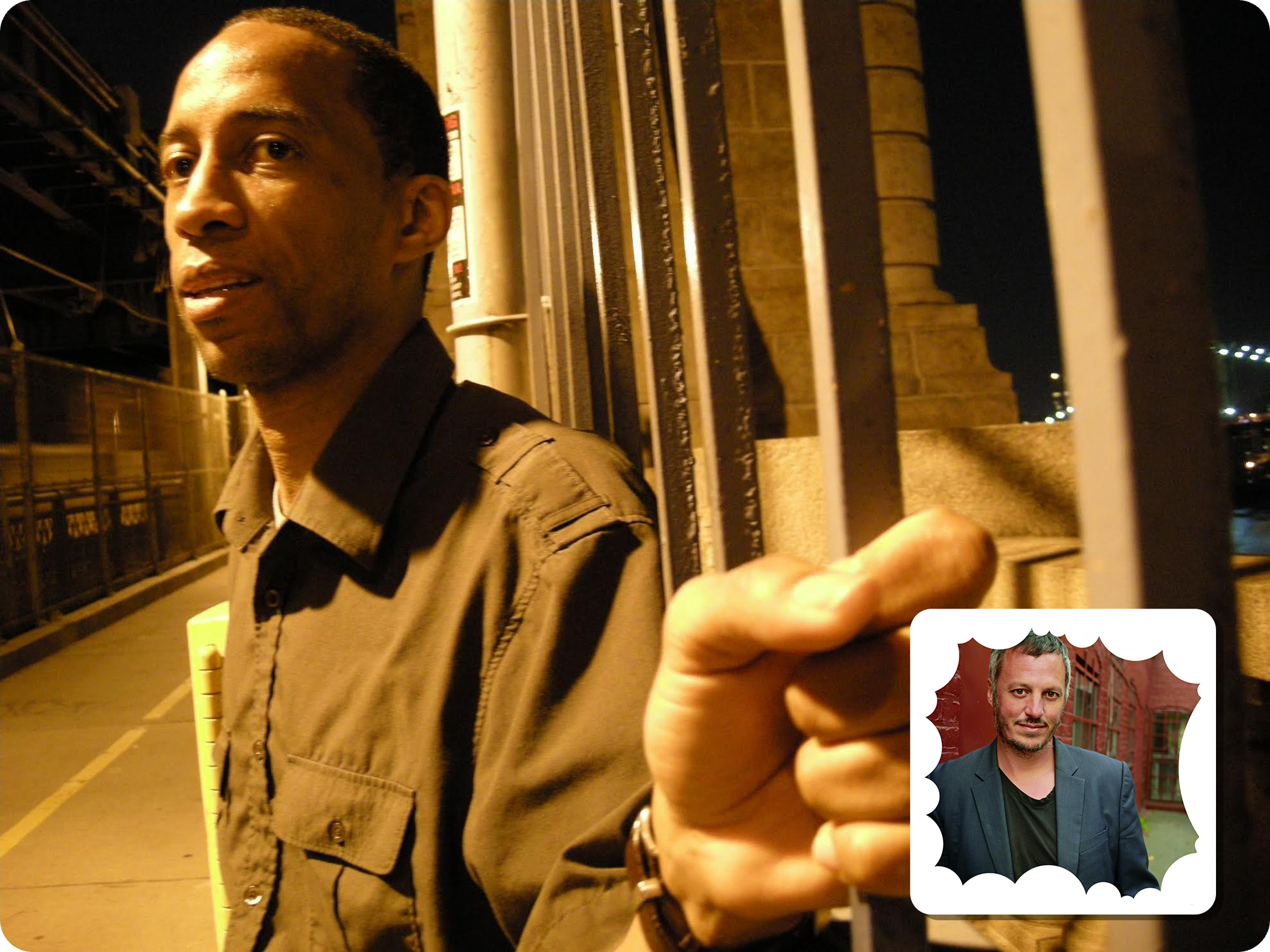
“Walking is, after all, interrupted falling.” That’s how Garnette Cadogan describes the activity that’s become his salvation and his credo. For this urban essayist extraordinaire, walking the city’s streets is much more than putting one foot in front of the other. It’s an act of faith: walking is the means by which “we see, we listen, we speak, and we trust that each step we take won’t be our last, but will lead us into a deeper understanding of the self and others.” Garnette is a dear friend and collaborator, and the author of seminal essays on race and public space. He’s also, nowadays, a distinguished lecturer in architecture and urban planning at MIT. But this spring he returned to Pioneer Works for a conversation that was, for me, a highlight of the season—and an invitation, as chats with Garnette always are, to “walk into our best thoughts.”
Ruined
From Leon Dische Becker, Contributing Editor

We published this mini-essay collection on Valentine’s Day, but in retrospect it’s evergreen. The prompt (What has love ruined for you?) is painfully universal, while at the same time inviting highly specific responses—a recipe, to my mind, for a good survey. “Ruined” is a very personal collection. It incites oversharing. We were frankly surprised that we got so many literary stars to contribute.
Love gone wrong ruined Goethe for Elvia Wilk, the West Village for Sasha Frere-Jones, balsamic vinegar for Mina Tavakoli, the Lord of the Rings trilogy for Minh Nguyen, texting for Vijay Kurana, and a particular brand of dumb-guy comedy for Molly Young, to name a few.
I enjoy short anthologies like this because they compress a range of human experience into a medley of moods and styles. They also invite audience participation, extending the prompt to the reader—and, unfortunately, to the editors too. My last breakup ruined pick-up basketball for me (my ex and I played one-on-one almost every day). So relatable, I know.
Tiana Reid: Nightnursing
From Lucy McKeon, Contributing Editor
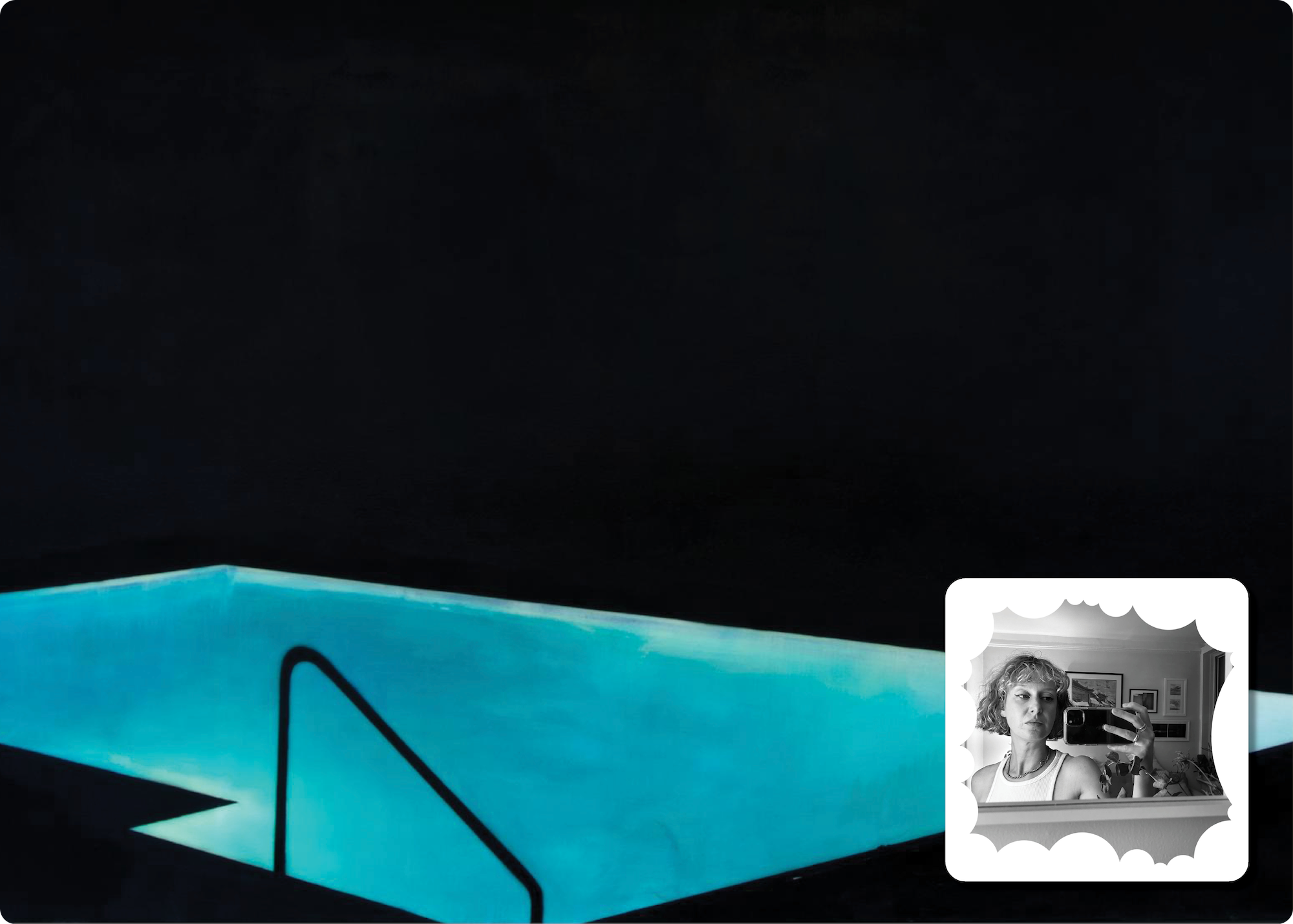
I’d been reading Tiana Reid for years before I edited her—we first worked together on a 2019 review of Mati Diop’s film Atlantics—and the thrill of thinking through ideas with her on the page (the utmost pleasure and reward of the editor) kept me coming back. Her essay on crushing is canon for a certain type of longing-loving girlie—gender neutral—and her piece on Deadpan: The Aesthetics of Black Inexpression is as stylish as it is shrewd. Reid’s attention to emotion and affect, paired with her sharp critical sensibility, makes for the kind of essay that elicits gasps of recognition in the moment and stays with you long after you’ve finished reading. This was my first time working with Reid on poetry. (An assistant professor of English at York University in Toronto, Reid is a triple, if not more numerous, threat.) The pool-dark poems from her forthcoming collection Nightnursing quench a certain thirst with their skilled balance between precision and ambiguity, looking and being. Reid writes, “Something I don’t need flourishes here: / and in not needing: I become fleshy: / a ballooned god, a little boy who sees / dark as it should be: warm: cocoon: everylight.”
Subscribe to Broadcast